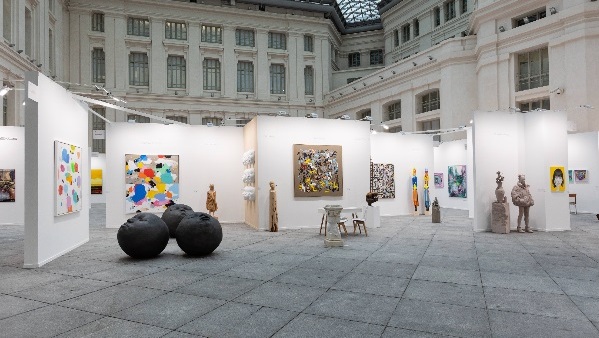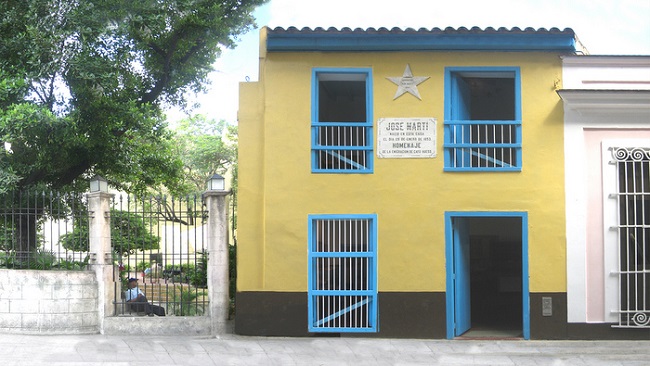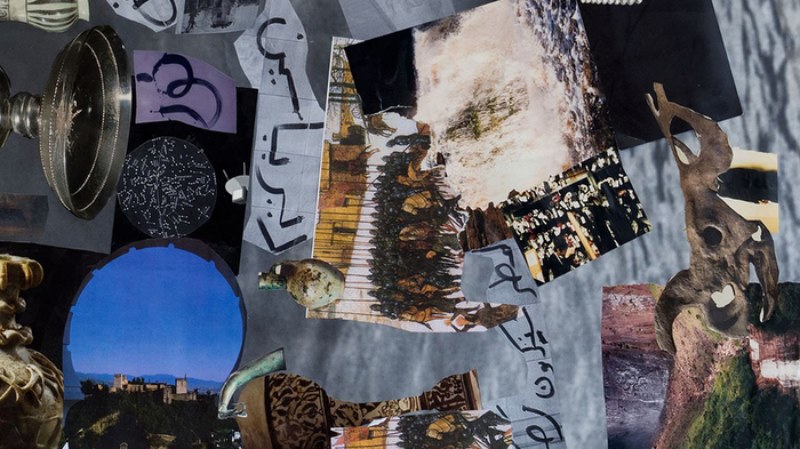Poet, writer, journalist, major general and consul, the apostle, José Martí, is a man of Cuba but also of Latin America and the world. There is a small house in Havana that covers the life of this man from his birth to his death in 1895. The construction of two floors with yellow walls and blue windows was where the Apostle was born in 1853. But it was not until 1899 that it was made public the place where he was born and it was thanks to the management of Cuban emigres in Cayo Hueso, United States. In the year 1899, they placed the tablet that today exhibits the facade and that indicates that in that place the author of La Edad de Oro (The Golden Age) was born, one of the classics of children's literature.
At that time, Marti's mother was still alive, Mrs. Leonor Pérez who said exactly the corner of the house where she had given birth to the only son and where there is now a tablet that reminds her of it.
The building, built in 1810, is a typical colonial house built with mortar walls and tiled roof. But he did not always have the wooden balconies, nor a side patio. Martí lived here only until he was three years old.
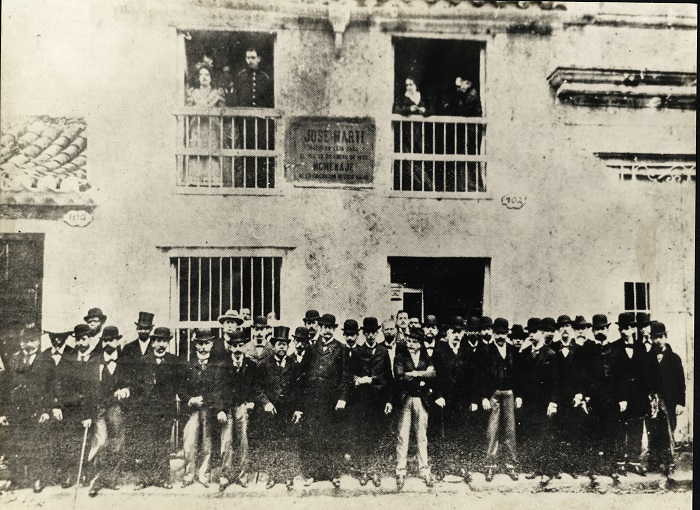
In 1925, after an arduous process and effort of the Cuban people, its patriots and intellectuals, it is possible to transform the house into a museum, in what is considered the oldest museum in Havana. It owes its emergence to the journalist Arturo de Carricarte, who along with a small group of Cubans began a public battle in order to collect, order and preserve objects and documents of Martí, in order to forget his legacy and work.
After several stages, it was reopened in 1963. Today it has eight rooms that cover the life and work of the apostle. It is surprising to see here a braid of Martí's hair cut at four years of age, his wedding album with Carmen Zayas Bazán, the scribal with which he wrote the Montecristi Manifesto in the Dominican Republic in 1895 and a valuable rosette that belonged to the Father of the Homeland Carlos Manuel de Céspedes presented to Martí by Fernando Figueredo, Secretary of Céspedes.
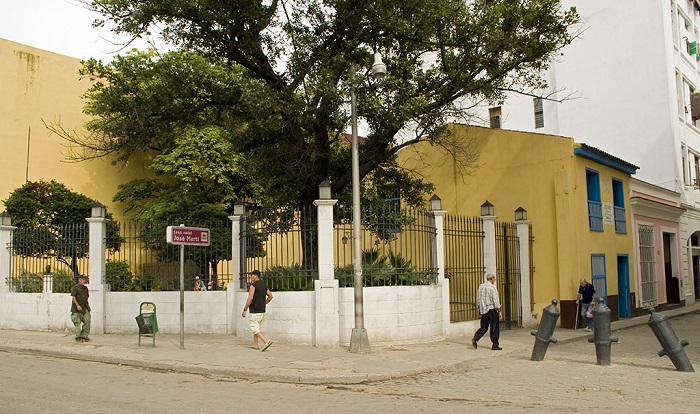
The house was declared a National Monument in 1949 and in 1978, it was the original documents and manuscripts of Martí that are protected there. The House today exhibits the number 314 and the street today is named Leonor Pérez, in honor of the hero's mother.
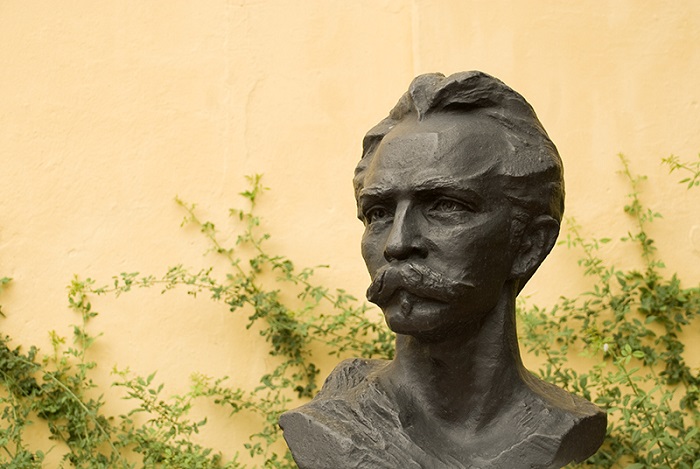
A museum that has a library, its own archive and a vast collection about the Apostle of Cuba. With more than sixty thousand visits per year, it is a small place that tells the story of a great man for Cuba, America and the world.
Related Publications
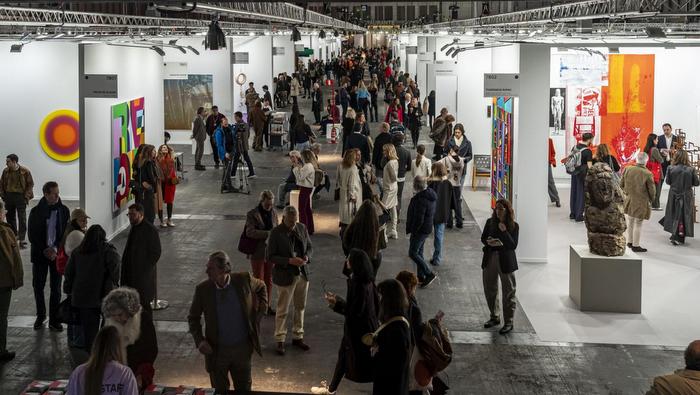
ARCOmadrid announces the participating galleries in its 45th edition
December 19, 2025